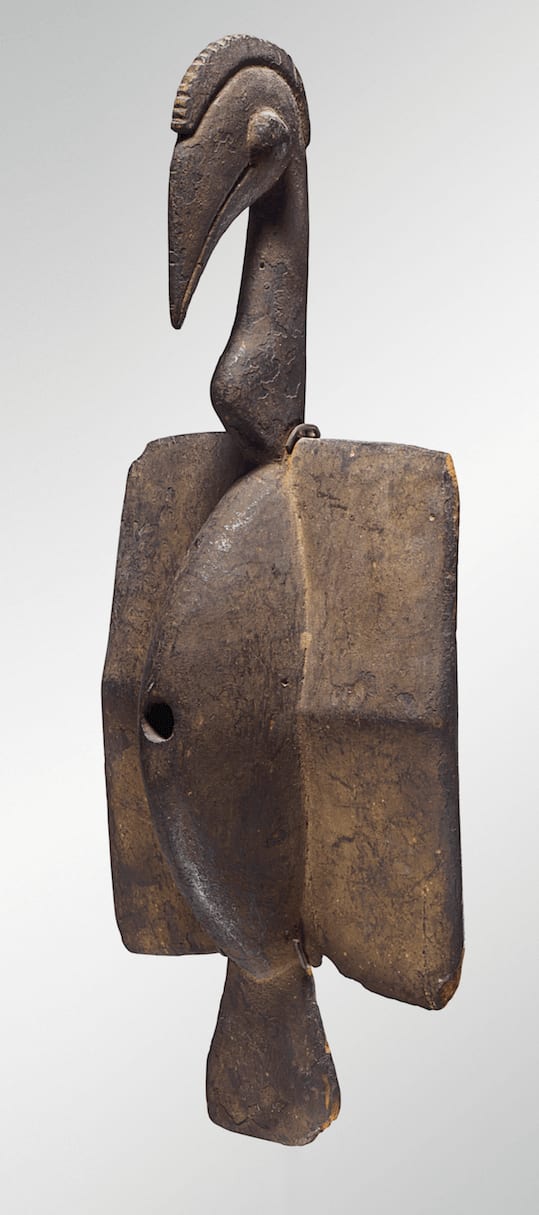
Coming up February next year at the The Cleveland Museum of Art, Senufo: Art, History, and Style in West Africa will examine how individuals such as dealers, collectors and artists and the circulation of objects among continents contributed to the emergence and definition of the Senufo style as we know it. It will also examine how the creativity of artists and the sponsorship of patrons in different times and places have varied, thereby resulting in a rich, dynamic, and diverse corpus.
Artists and patrons in Korhogo and nearby Senufo communities, as well as in towns and cities peripheral to that center, have long produced visually engaging forms that do not necessarily fit within the canonical Senufo style. The exhibition will demonstrate that innovative artistic production takes place in an artistic center as well as in areas deemed peripheral to and less significant than that center.
The exhibition will reconsider previous exhibitions of Senufo art by tracing 20th-century development of the Senufo style. It will broaden the visual scope of Senufo art and explore multiple possibilities for referring to the art as “Senufo” rather than contribute to a history of efforts to fine-tune the parameters of a singular and seemingly unchanging style. Historical documentation and research conducted in the last two decades by scholars of Africa, Europe, and North America will inform the exhibition by highlighting how the art of Senufo artists and Senufo patrons vary.
The exhibition will run from February 22 to Sunday, May 31, 2015. The accompanying catalogue will be written by Susan Elizabeth Gagliardi – who did her Ph.D. on the Senufo at the University of California. The selection of objects was made by Constantine Petridis, curator of African Art at the Cleveland Museum of Art. Petridis himself is currently in the process of transforming his dissertation on the arts of the Luluwa into a book on the subject – something else to look forward to.